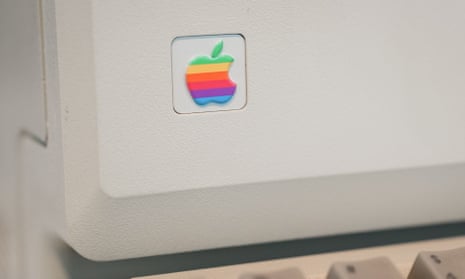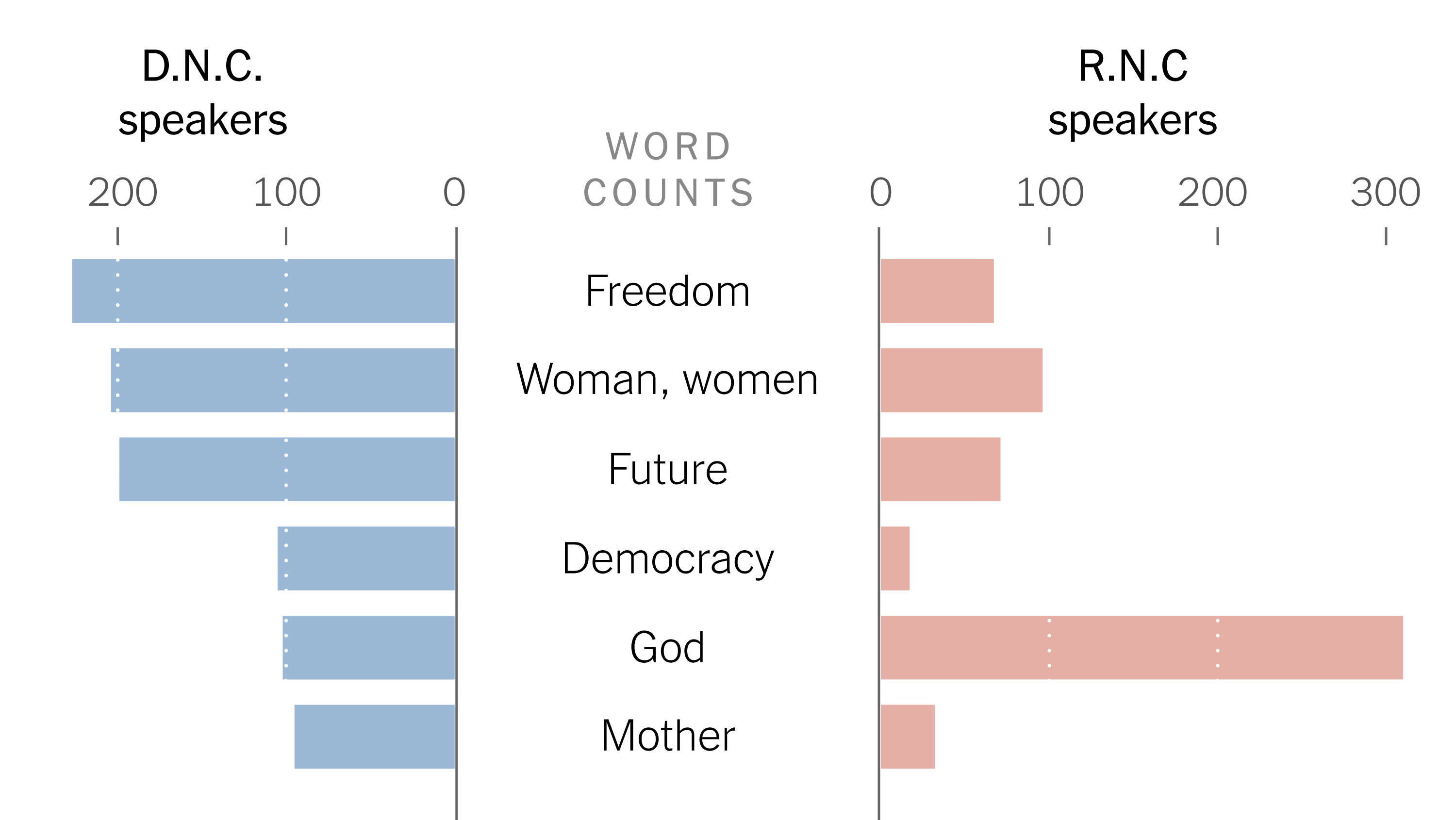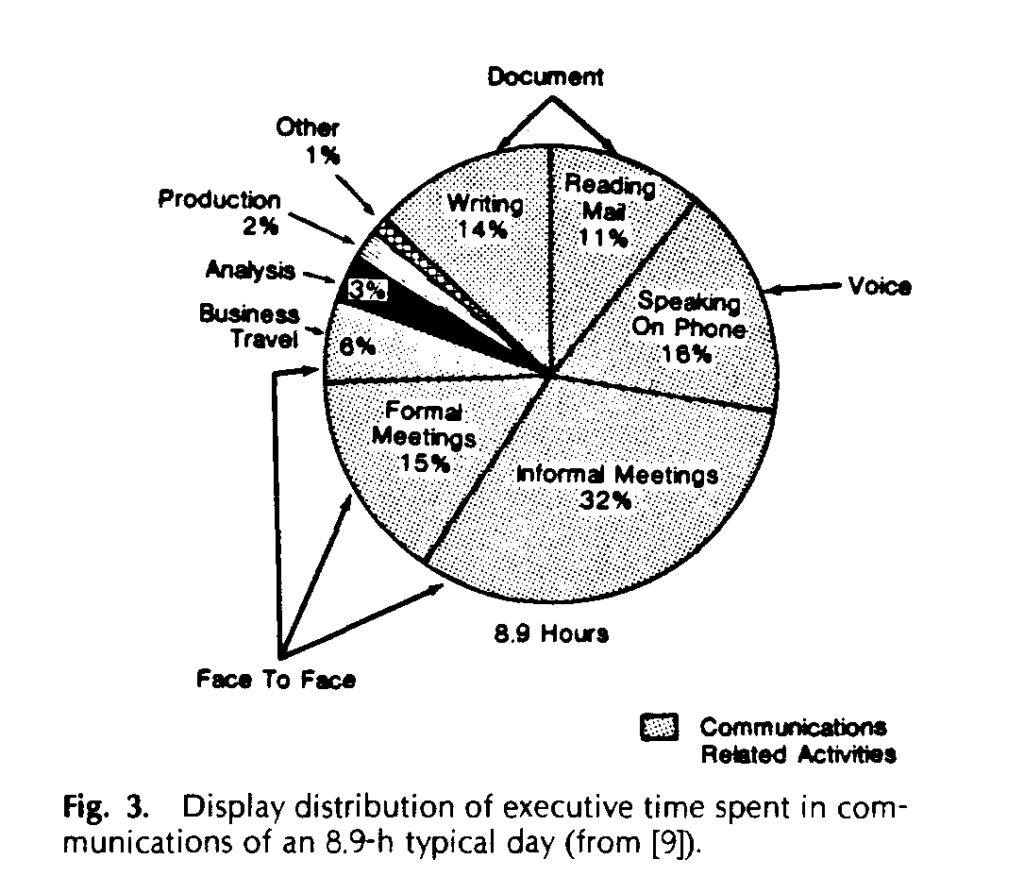
In many ways, the long 21st century began when Apple launched the Macintosh with its ‘1984’ Super Bowl ad
The Guardian has a story about the 40th anniversary of the Apple Macintosh, Forty years ago Apple debuted a computer that changed our world, for good or ill. The famous 1984 Super Bowl Macintosh ad by Ridley Scott was aired on January 22nd, 1984 and announced that on January 24th, the Macintosh would be introduced.
What made the Mac so revolutionary? To be honest, the Mac wasn’t really that innovative. Apple had tried to sell a GUI (Graphical User Interface) computer before in the Lisa, but it was too expensive. The Lisa in turn had be developed using ideas from Xerox Palo Alto Research Center (PARC) that were marketed in the Xerox Star of 1981, which was again too expensive to be influential. What the Mac got right was the price making it affordable. And the rest was history.
The author of the Guardian article, Siva Vaidhyanathan, argues that the Mac and later the iPhone hid the realities of their manufacture and innards. This was a common critique of the GUI, that it hid the way the operating system “really” worked, which was shown presumably by MS Dos.
This move to magic through design has blinded us to the real conditions of most people working and living in the world. A gated device is similar to a gated community. Beyond that, the sealed boxes, once they included ubiquitous cameras and location devices and were connected through invisible radio signals, operate as a global surveillance system that Soviet dictators could never have dreamed of. We bought into a world of soft control beyond Orwell’s imagination as well.
Frankly, I think the argument is exaggerated. Consumer products like cars had been hiding their workings under a trunk long before the Macintosh. For that matter the IBM PCs running MS Dos of that time were really not more open. The command line is an interface as much as a graphical one, it is just a different paradigm, a dialogue interface where you order the machine around instead of a desktop where you manipulate files. The argument seems to be one of association – associating the Mac with a broad generalization about capitalism and then hinting that everything after can be blamed on us wanting what Apple offered. What I remember was struggling to learn the commands of an IBM and then being offered a better designed computer. Sometimes better design isn’t a surveillance plot.









